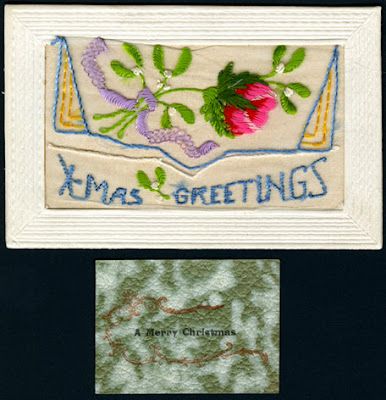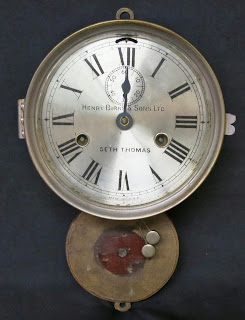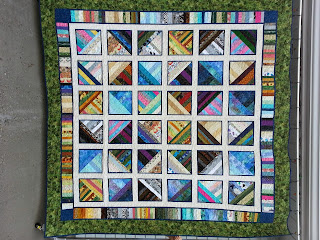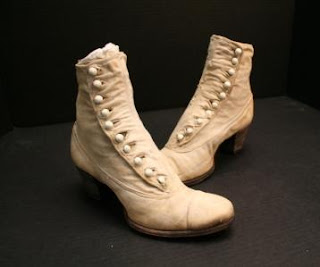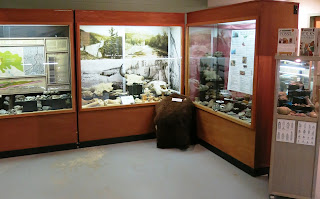Ceremonial life of the West Coast Nations is vibrantly on
exhibit at the Peace River Museum! Thanks to a generous loan of artifacts from
Dr. David Welch, the Museum is featuring, amongst West Coast and Plains First
Nations objects, a colourful collection of West Coast masks.
Northwest Coast First Nations artists are renowned for
their carvings, especially of totem poles. Totem poles are carved for many
reasons. They can represent clans or families or serve mortuary, memorial, shaming
or welcoming purposes. Similarly, dances performed with masks can serve
specific purposes and have different meanings.
In wintertime, Coastal First Nations villages were
visited by supernatural beings or spirits. This was the time of year when villagers
would feast, dance, sing and for some, be initiated into secret societies.
Dances performed with masks during these times were representative of the
supernatural entities that were visiting the village from their caves, forests,
waters and skies.
Animal and human figures appear on both carved totems and
masks. Many animals, supernatural beings and spirits are carved with human
features; similarly, humans are sometimes carved with non-human features. This
blending of animal, spiritual and human characteristics is known as anthropomorphism.
Features on anthropomorphized carvings can be enlarged, shrunk or distorted in
order to fit the distinct shape of the material being carved.
The Portrait Mask is carved to represent a personal
experience and here is painted in the principal colours red and black. The
Bumble Bee Mask is black, red and yellow. Colours traditionally used on masks
were primarily blue, green, black and red from natural pigments. Black was
created using lignite, charcoal and graphite. Red came from pulverized ochre or
hematite and the blues and green were derived from copper minerals.
The Sense of the
Land And Its People : A Private Collection is on exhibit until September
2014.
 |
| Bumble bee mask |
 |
| Portrait mask |















